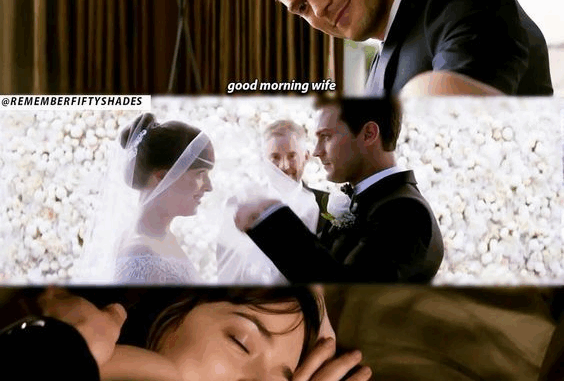
The original ending for Fifty Shades Freed wasn’t what made it to theaters.
In the director’s cut, Christian and Ana are shown three years later — not just with a child, but clearly distant. Christian is on a business call while Ana stares out the window, visibly disconnected.
A subtle but powerful moment: Ana removes her wedding ring, places it on the table, and walks into another room. No words. Just silence.
It was meant to reflect the reality of relationships — that passion fades, that control comes with a cost.
But test audiences hated it. Executives demanded a rewrite. In the final version, Christian and Ana are perfectly in love, raising children, walking through a field.

“It was fake,” said one screenwriter. “But it’s what they wanted — a happy ending, no questions.”
The original ending was locked away, never released. But insiders still talk about it — because it told the truth about what happens when love is built on pain and power.
And the truth, it seems, was too much for the fantasy to survive
